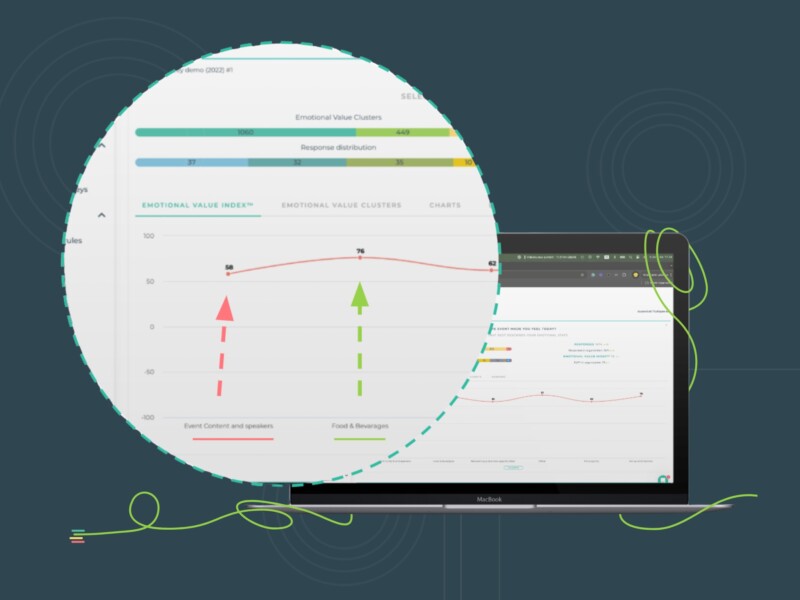While many brands know the importance of collecting feedback, not everyone carries out a systemic approach to using them for improvement. But, a good feedback management process can make a positive difference in a brand.
The customer feedback loop is a strategy for improving customer experience using user reviews. It is a very effective way of collaborating with your customers to identify and solve problems while showing accountability, effort, and respect.
Here are the 4 main steps in a customer feedback loop and how Feedbackly can help make the whole process streamlined and hassle-free.
1. Collecting Feedback
The first step is to gather customers’ input about the experience of engaging with your brand. It will help you gain a good understanding of how they feel about the engagement and their preferences. An active approach to gathering feedback from customers is through surveys like EVI®, NPS, C-SAT, and CES. You can send out surveys at different stages in the customer journey to measure the efficacy of individual touchpoints and to capture the bigger picture.
Input from your customers about your brand is the most important perspective that will help you finetune the customer experience. Feedbackly can help you step up the game with its feedback collection and automation features. You can also use our readymade survey templates and customize them to fit your brand’s tone and requirements. Make sure you include questions and concerns that you think are specific to your business clearly and concisely.
2. Analyzing Data
Once you have gathered the survey responses, the next step is to analyze the data for useful insights. Customer feedback is an effective way to determine pain points in the buying journey and identify patterns related to customers’ purchasing behavior. You can try and identify common issues that are brought up in negative reviews and the brand’s strengths highlighted in the positive reviews. A feedback management platform will have a dashboard to visualize the data easily. Use it to identify if customers are feeling happy or satisfied and the opportunities available to turn them into your advocates.
Through Feedbackly, you can attach important metadata to your surveys, and this feature is very effective in gaining insights about customer behavior, buying habits, and the rationale behind them. Also, the host of data analytics features on the platform helps businesses dive deep into the issues in their customer experience, understand their position in the market, build correlations between employee engagement and customer satisfaction, and gather much more vital information.
3. Taking Action
Now that you have a clear idea of the strengths and weaknesses in your brand’s buying journey and customer experience, it’s time to initiate a plan of action. Some issues might be easier to fix, while others may require more time. In this regard, you can have notifications set for feedback that need immediate attention.
Also, if you need more context to the problems highlighted, you can reach out to the respondents for clarification. Once you have fixed the issue, it’s important to run tests and compare the original and new experience to see if it’s working as expected.
Customer feedback can highlight issues about everything from customer support to product development. Discuss the results of the analytics with your CX team and the other departments and take proactive measures to resolve the pain points. Feedbackly’s real-time shareable dashboard is a great way to get everyone on board and work collectively towards offering solutions. It’s also a great way to celebrate the efforts of your employees and little wins!
4. Closing the Loop
Closing the feedback loop right can have a big impact on your business. If your customers have complained about a persistent issue and you have fixed it, make sure you let them know about it. It implies that their feedback was valuable and their complaint was considered seriously. Even if your customers have second thoughts about doing business with you again, this can persuade them to reconsider. Responding to customer feedback actively also makes your service more personalized. It can improve loyalty and retention rates.
Moreover, this 4-step strategy should be a constant part of your business routine. With evolving customer expectations and a dynamic business environment, there’s always room for improvement. While a customer feedback loop may seem like a long process, it’s easy to implement it using Feedbackly!




